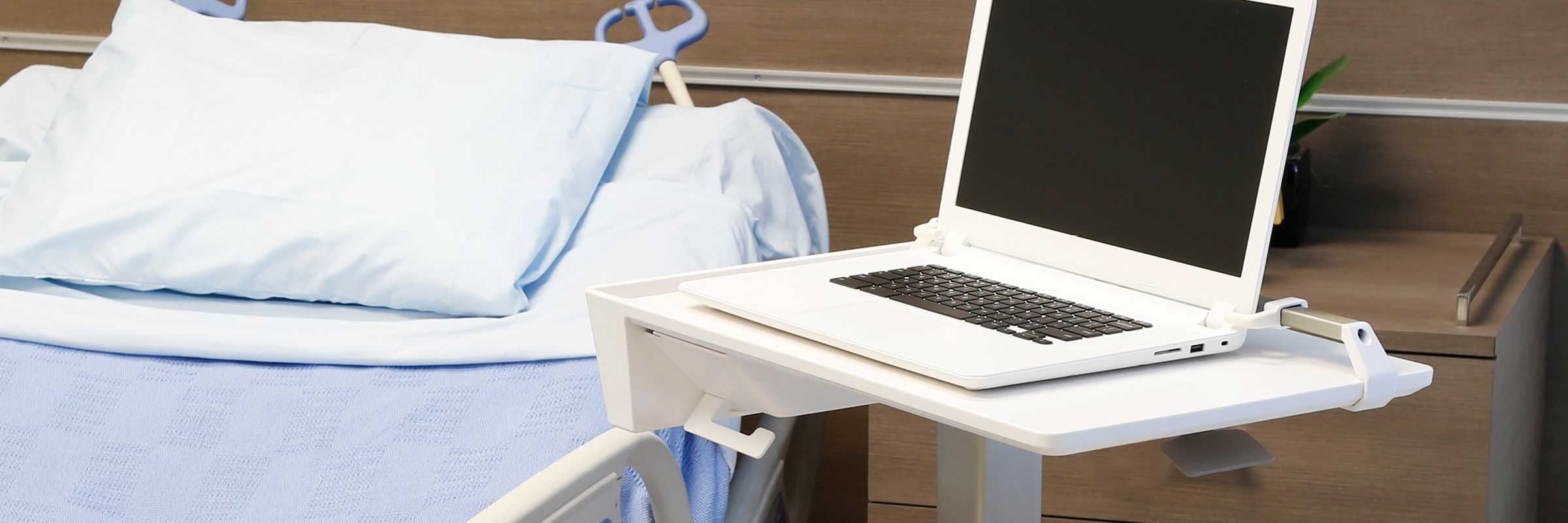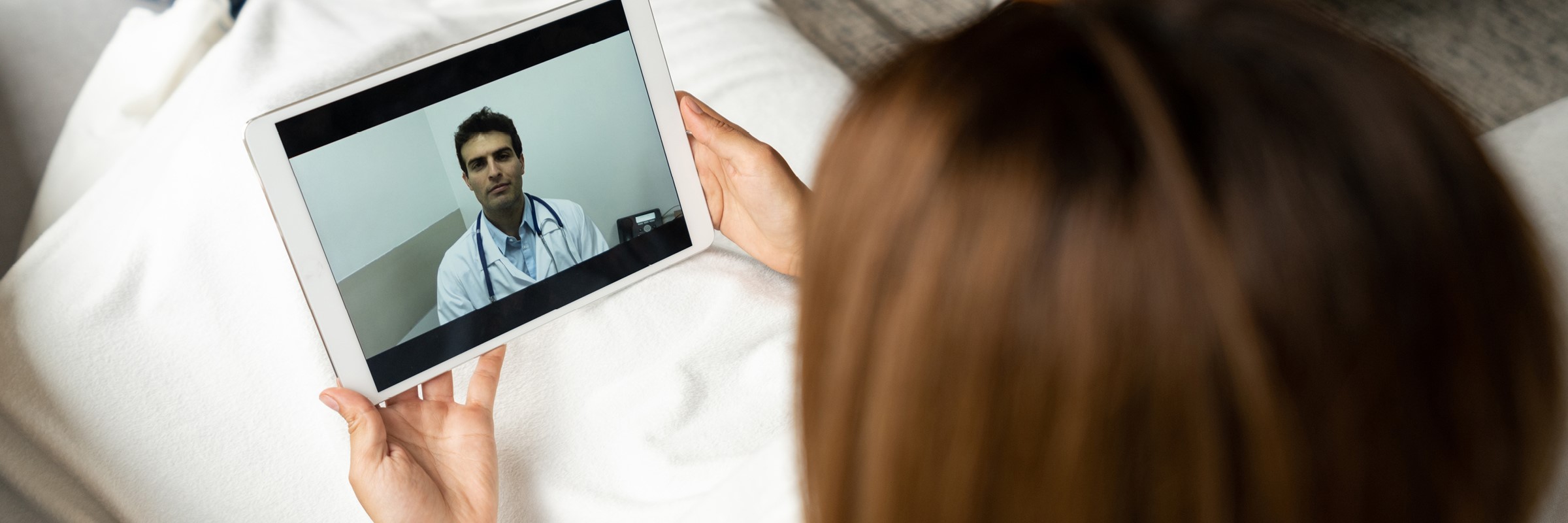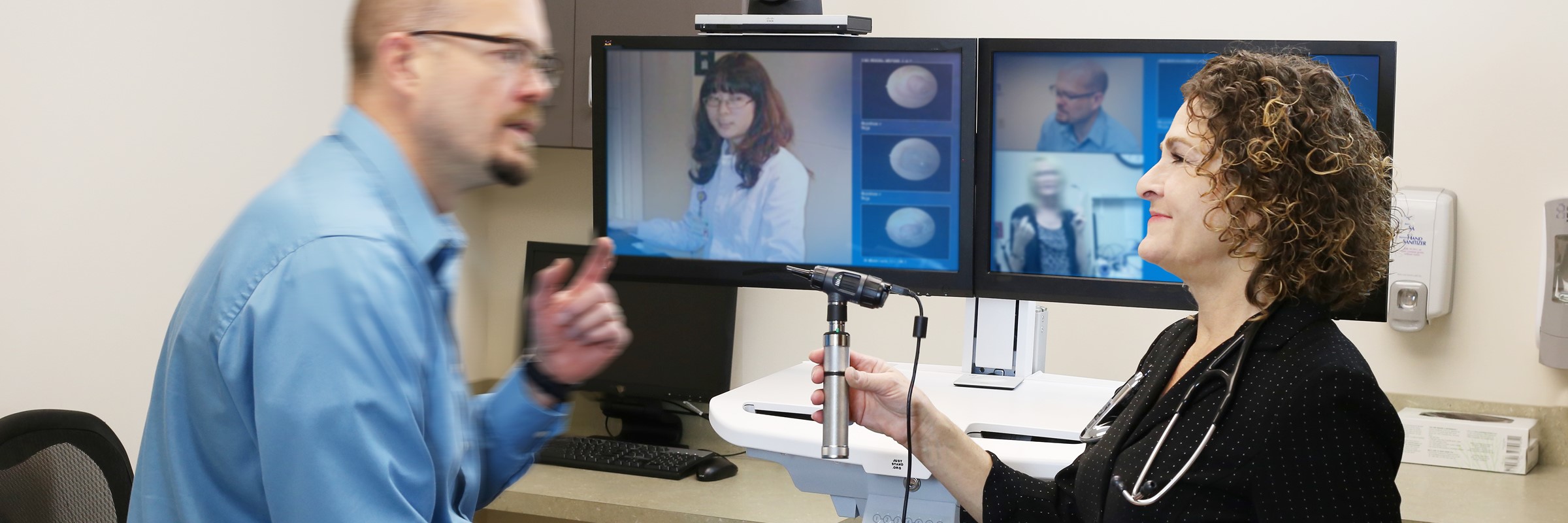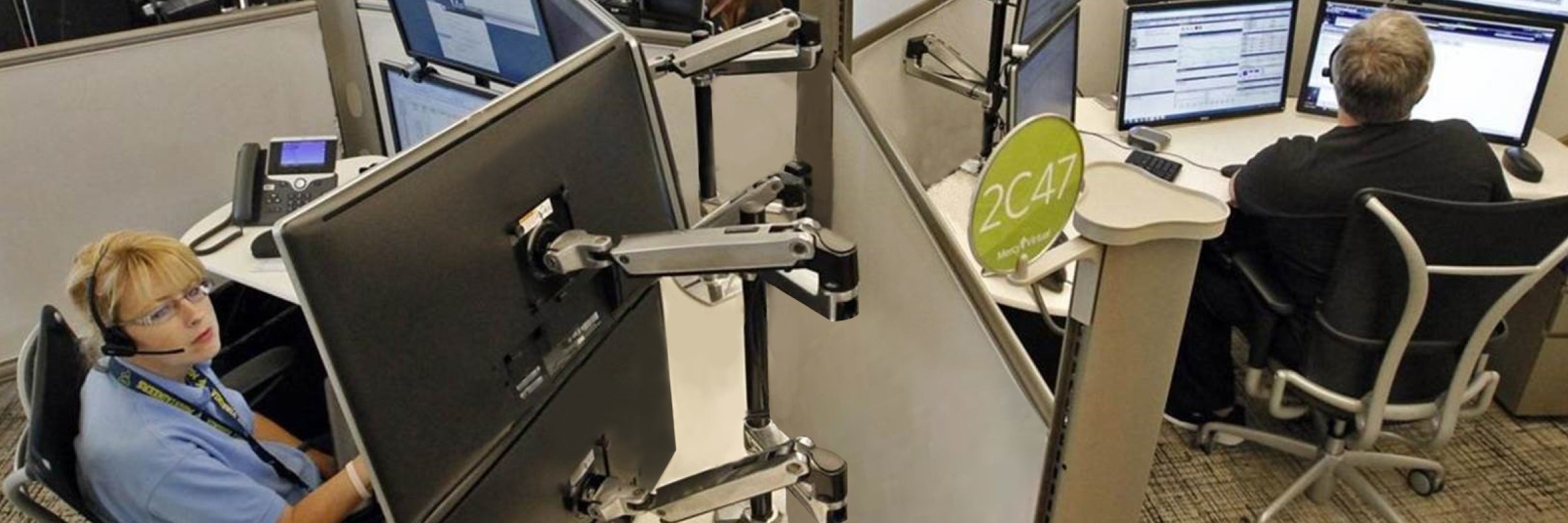Between 2016 and 2017, telehealth grew 53 percent year over year. This respectable rate of growth continued through early 2020 until the COVID-19 pandemic turned the world and healthcare delivery on its head. At this point, telehealth adoption accelerated to 4,500 percent between April 2019 and April 2020. And there’s no turning back now. Ninety-percent of hospitals that expanded their virtual healthcare services in the past 17 months have every intention of continuing these services post-pandemic.
Patients are Pleased But the Bar is Getting Higher

Early patient adopters of telehealth care have been happy with their experience. A 2019 J.D. Power study revealed overall telehealth satisfaction numbers are some of the highest across the healthcare industry (851 out of 1,000). These numbers only grew stronger — to 860 — in 2020. This sets the stage for success for any healthcare organization looking to continue or expand their telehealth offerings, but they shouldn’t get too comfortable. As more and more players enter the virtual care space, patients are going to demand more from their experience.
Companies like Amazon and Google that have built entire empires on designing seamless digital experiences are putting their stake in the ground. These are the companies that will be setting the bar when it comes to the virtual patient experience and traditional healthcare organizations will need to move quickly to stay ahead of the curve.
Think Beyond the Screen

While online questionnaires and Zoom consultations can go a long way toward reaching a diagnosis, there are limitations to the insights a clinician can gain through a screen. By pushing beyond the screen experience, organizations can start to expand the way they care for patients virtually.
We saw how this expanded thinking was put into practice during the pandemic with at-home COVID-19 saliva collection kits that could be sent into the lab for diagnostic testing. From strep throat to UTIs, the possibilities of at-home lab collection and testing are nearly endless and will go a long way toward enabling practitioners to diagnose and treat more and more conditions virtually.
In a similar vein, home monitoring devices are becoming more widely available and affordable, eventually making it just as easy to gather data remotely as in-office. A survey from Vivalink revealed almost half of clinicians believe this future is as imminent as five years from now.
Prioritize Webside Manner

Virtual questionnaires, remote monitoring, at-home and mail-in labs, etc. are all helpful tools but the practitioner will always be the lynchpin in the telehealth experience. It’s their webside manner that builds trust, expert questions that round out the symptoms, and knowledge that discerns a diagnosis. In addition to the standard technical and security training, you can support their important work by offering some suggestions on how they can read nonverbal cues they may have relied on in the office from across a screen.
Help them understand all the tools they have available to them — video calls, web portal messages — and when to use them to communicate specific types of information. It could also be beneficial to facilitate ongoing time where your practitioners can get together and share insights on things they’ve done to better connect with their patients virtually.
Train Patients

When gathering information to arrive at a diagnosis in a telehealth setting, the patient’s ability to communicate is paramount. It’s the job of the healthcare provider to teach them how to identify and communicate not only their symptoms but also how they prefer to work with their clinician virtually.
Some providers create video modules they can custom-assign to patients based on their needs, others include background reading as part of the initial onboarding, and many have support staff follow up with a pre-appointment call to ensure the patient can access the appointment and knows what to expect. The more you can help patients understand this evolving avenue to care, the better their experience will be.
Never Stop Innovating

Implementing a virtual care program is just a small piece of the puzzle. The more patients adopt and accept virtual care, the more rapidly the space will evolve. We already touched on remote labs and remote patient monitoring, but augmented and virtual reality care will be fast follows. The technology is already being used to train surgeons, deliver physical therapy and help practitioners understand the patient experience.
Other pilots have tested the use of virtual reality to support patient engagement and nonverbal communication. As these innovations become more widely adopted, healthcare experiences will quickly become synonymous with virtual experiences.
Discover Telehealth Solutions Designed to Support the Patient Experience
Connect with a healthcare workspace expert at Ergotron to discuss solutions that can help your practitioners deliver a better virtual experience for their patients.



